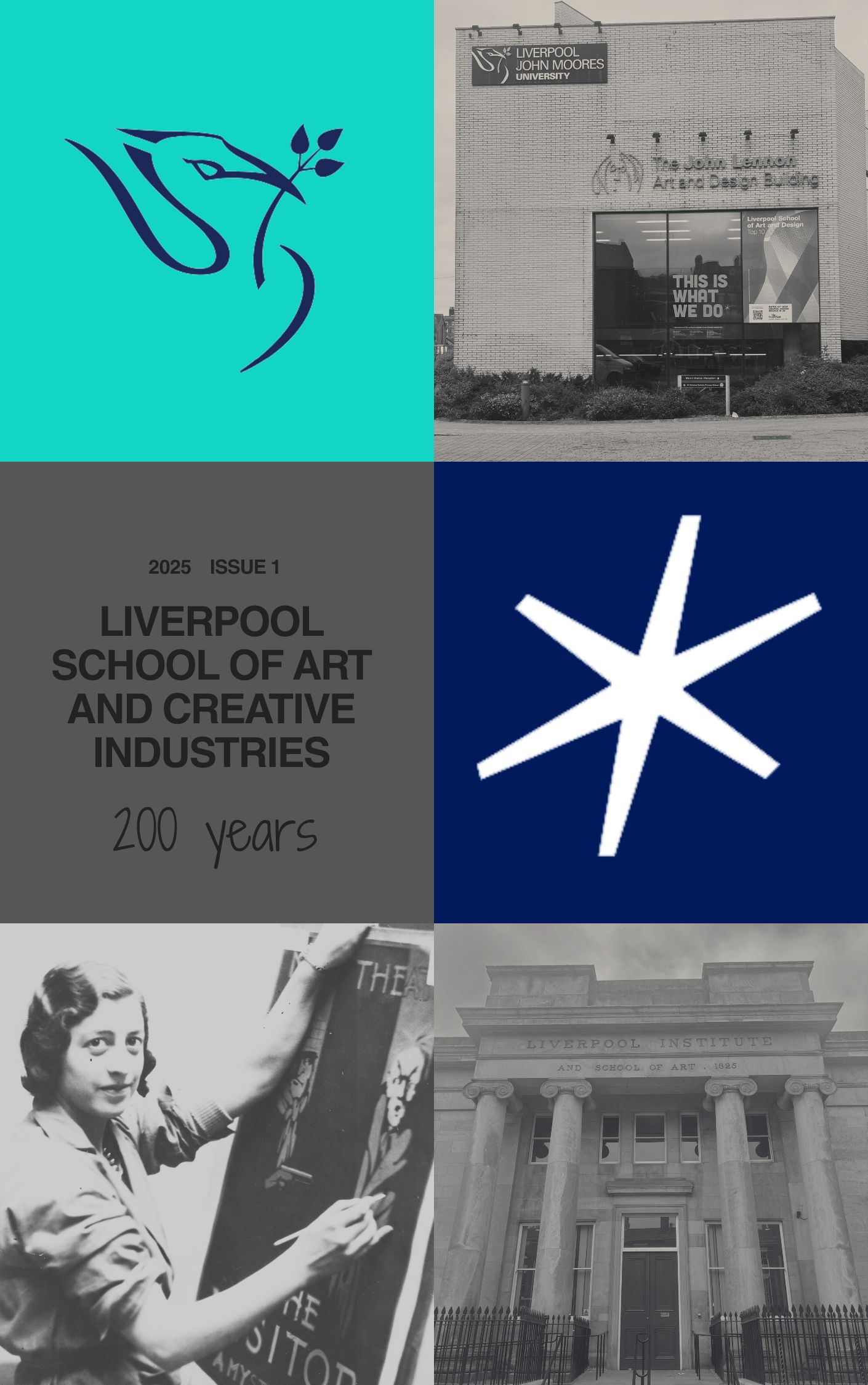Exhibition Review of the British Textile Biennial, Blackburn (29th September-29th October 2023)
DOI:
https://doi.org/10.24377/LSACI.article3147Abstract
The British Textile Biennial takes place every year across East Lancashire. They commission artists to create textile art pieces to present the work within the context of the area. They will present their works in public spaces, galleries, and historic buildings, usually left behind by the textile industry. East Lancashire in the North of England was impacted by the industrial revolution. It was transformed from a quite countryside into wealthy cotton mill towns, with Blackburn being the most successful. East Lancashire, being a major textile production hub, had a worldwide impact. This industry was a huge booming area that was around 200 years, that left an enormous impact on East Lancashire that now has almost disappeared (British Textile Biennial, 2023). For example, in Burnley it has one of the last surviving cotton mills called the Queen Street Mill, with over a 1000 working looms. It had opened its doors in 1894. Now this mill is a treasured part of the local and regional history (Wilkinson, 2016). About 10% of the manufacturing labour was employed by the British Textile industry until as recently as 1960s (Humphrys,1984). With the first cotton factory for ring spinning was in Lancashire that was opened in 1877 called the New Ladyhouse Cotton Spinning (Toms, 1998).
The 2023 Biennial’s statement explored the idea of a more sustainable relationship we could have with our land, people, and clothing. The exhibition is presented across towns of East Lancashire including Blackburn, Accrington, Burnley, and Barrowford. The exhibitions explores the traces of the routes of fibres and different fabrics from the past to present across the world to and from Northeast Lancashire. Following the journey of cloth spun and woven on the Pennine moors to the current fast fashion sold in the high streets (British Textile Biennial, 2023).
Downloads
Published
Issue
Section
License
Copyright (c) 2025 Greta Varpiotaite

This work is licensed under a Creative Commons Attribution 4.0 International License.
The copyright of content is retained by the author(s). Please check the specific licence for this item. The majority of the content in this journal is published under a Creative Commons Attribution Licence. Artworks are published under a Creative Commons Attribution-NonCommercial-NoDerivatives 4.0 International Licence. These licences allow others to read, download, copy, distribute, print, search, or link to the full text of works in this journal, or to use them for any other lawful purpose in accordance with the licence.
This journal provides immediate open access to its content and has no submission or publication fees.


